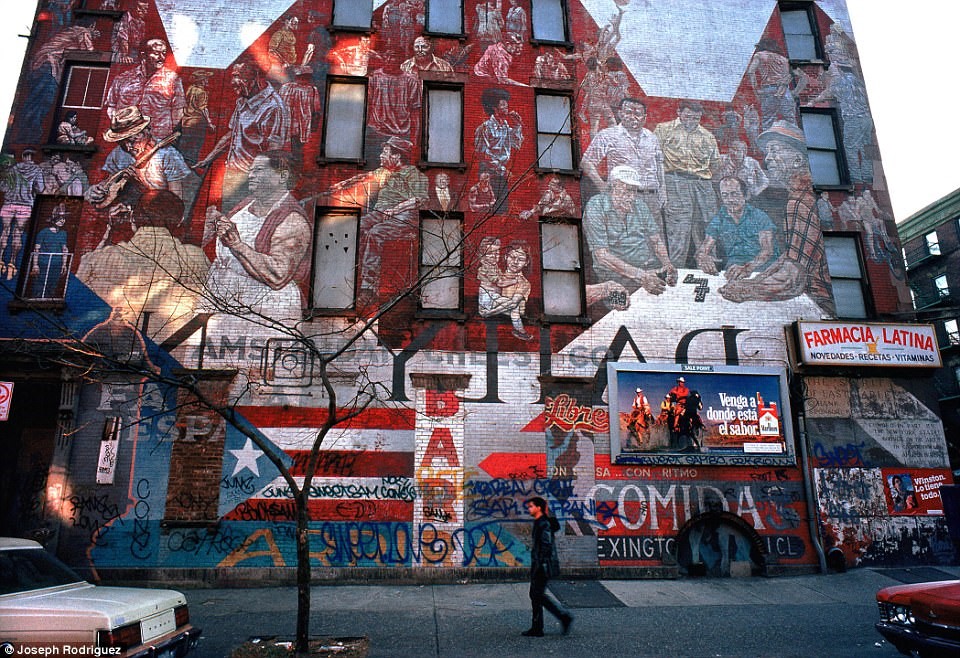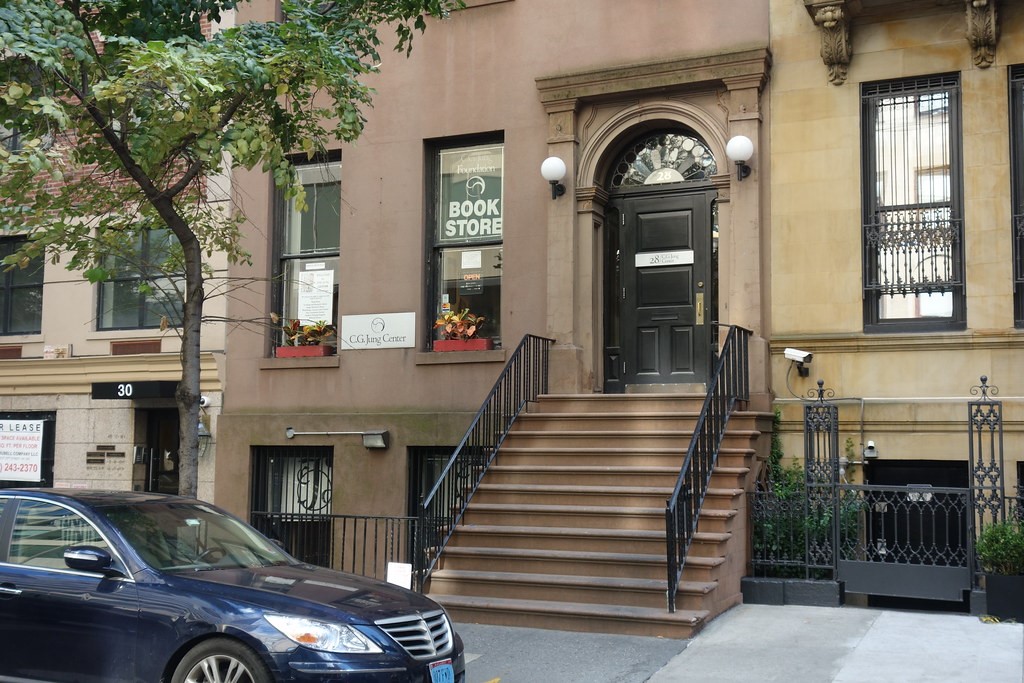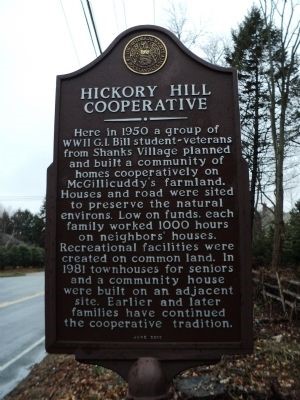At the National Storytelling Network, our mission is to advance all forms of storytelling within the community through promotion, advocacy, and education.
STORY NOW! Interview Series
Story Now! Now from the boardroom to the classroom, and the page to the stage, personal stories and folktales are catalysts for change in every aspect of our lives. Now! We are witnessing the power of stories to tear down the walls that divide us, build bridges between people and cultures, and connect us, human-to-human. In this interview series, we’ll talk to storytellers who exemplify this Story Now! movement.
Each month we’ll sit down with an NSN member or member organization, from around the globe, and go behind the scenes to explore how they are personally harnessing the power of storytelling to tear down walls, to be a catalyst for change and connect us human-to-human. Through one-on-one, in-depth conversations, we’ll discover the type of storytelling they do, how they do it, who their audience is, and, most important, they’ll give examples of the real world, tangible results they get. 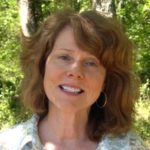
Kathy Greenamyre is NSN’s Community Relations Manager. She will be conducting interviews and contributing content each month for our Story Now! Interview Series. Kathy is the owner of a video production company. She’s interviewed hundreds of people over the past 12+ years. Her passion is to discover the world by listening to, recording, and spreading personal stories.
Mike Seliger – Orangeburg, New York
Creative Communicator
and…
Healing Story Alliance (Special Interest Group)
Executive Collaborative Committee member
Note: The National Storytelling Network has four Special Interest Groups (SIGs). We are featuring one of those groups this month – The Healing Story Alliance (HSA).
Mike Seliger is a member of this group and a member of NSN and we’ve asked him to tell HSA’s story, as well as his own. Therefore, the interview runs a little longer than usual. Enjoy!
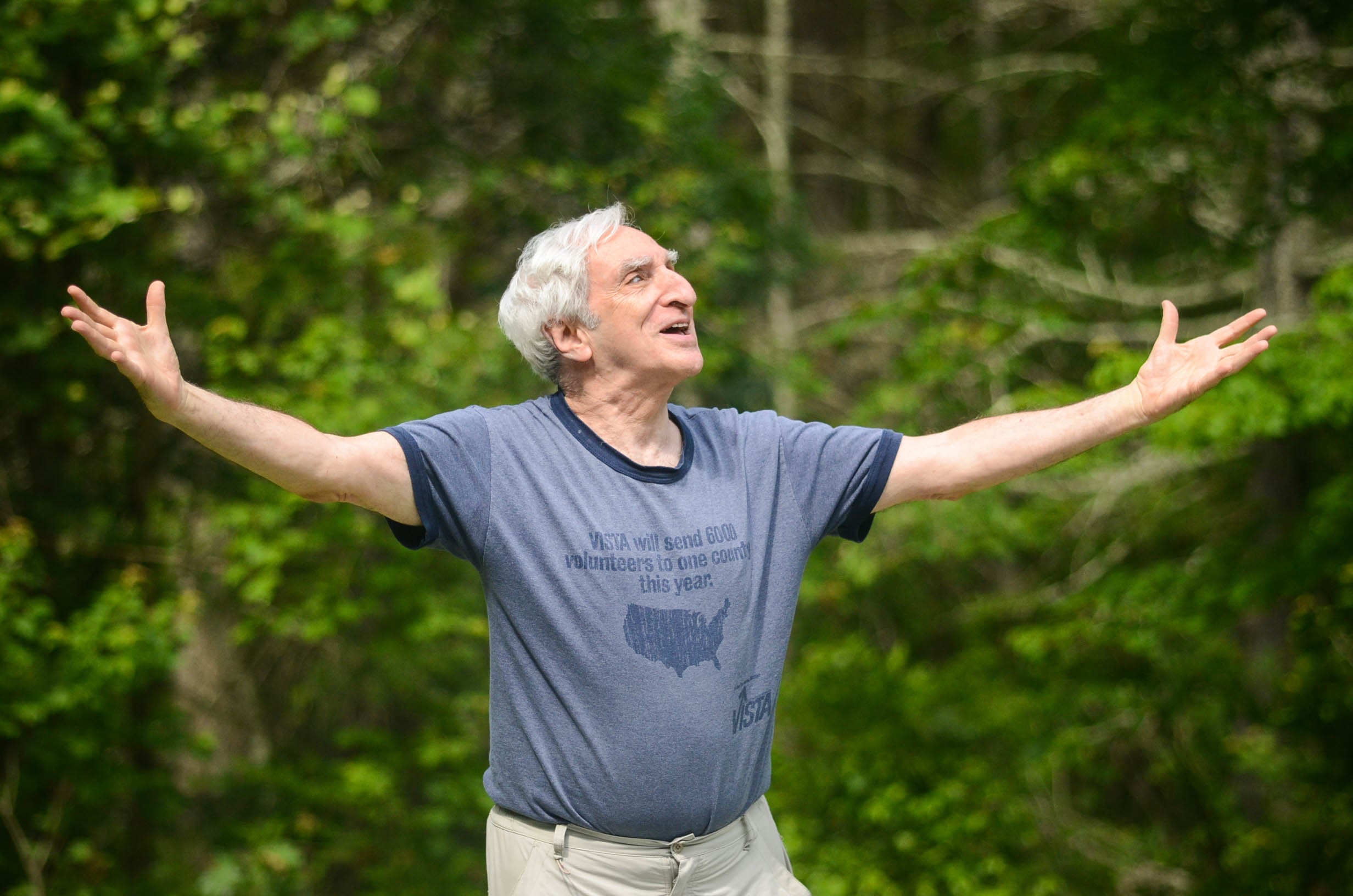
Kathy Greenamyre: With the pandemic affecting everything in 2020, have you and your team at the Healing Story Alliance (HSA) been able to continue your important work?
Mike Seliger: Needless to say, this has been a challenging year, but one in which HSA was able to find and sustain a vital role in support of our fellow storyteller community and other creative communicators. (I like to call myself a Creative Communicator, because I use whatever vehicle makes sense to get an intended message across —whether it’s story, poetry, visual media, or quiet compassionate listening with or without words of support or assurance).
KG: Explain what the Healing Story Alliance is and how you got involved with this group.
MS: My initial involvement with the world of storytelling began well before the Healing Story Alliance became the first—and largest—of NSN’s Special Interest Groups. (SIGS are groups of individuals who share a common interest in a particular kind of story, its uses and ways of digging deeper into that aspect of storytelling).
HSA’s mission has been to “explore the use of stories in the healing arts and professions, to inspire and heal both individuals and groups; to increase our knowledge of storytelling; and to share our experience and skills.”
I’d gotten involved around the time when “the storytelling revival” had drawn attention, interest, and enthusiasm of many — some of whom went on to be among the best known and appreciated practitioners of the art of storytelling, while others were satisfied to participate, learn and share on a more local level.
KG: What sort of work were you doing prior to storytelling?
MS: Before that, I had devoted plenty of time to community organizing and social justice, including a couple of years living as an organizer on a tough block in Spanish Harlem, doing street theater in East Harlem and the Lower East side.
Spanish Harlem
East Harlem
I was organizing community drop-in centers, community newspapers, video projects, and food co-op’s in my home community — and performances at antiwar coffee houses located near army bases in the south. Additionally, I was performing in front of National Guard troops stationed outside the 1968 democratic convention in Chicago.
KG: You grew up in New York City and what an exciting place to develop your storytelling skills! Take us into that world.
MS: In those early days, the New York Storytelling Center was a vibrant growing organization that initially held monthly workshops at the New York Jungian Center, plus regular swaps at several locations, one of which actually continued until Covid made its continuation unfeasible.
For several years, I served as a member of the board of the NY Storytelling Center, and as its newsletter editor.
New York Jungian Center
The workshops did what NSN still maintains as its role —the growing of storytellers — at a time when the field and its participants needed that sharing and growth.
(Those workshops covered a broad range of topics that helped shape the way many of us thought about the field of storytelling. They ranged from Fran Stallings presenting about The Storyteller’s Trance, to Carol Birch sharing about effective narration of literary tales, to brilliant insights from innovators and serious researchers in the field, including Laura Simms, Diane Wolkstein, and Gioia Timpanelli).
KG: But then, as you say, you drifted out of storytelling to pursue other interests. Explain.
MS: I had drifted away from an active role in storytelling while I pursued other creative / expressive challenges including mime / personal style physical performance primarily with years of study and work with Tony Montanaro in South Paris, Maine; and years as part of the If Every Fool, Inc. studio in Lower Manhattan, spearheaded by John Towsen, the author of the definitive book on Clowns and an exceptional blog site entitled “All Fall Down!”. (If Every Fool took its name from the Welsh proverb, “If Every Fool wore a crown, we would all be kings…”).
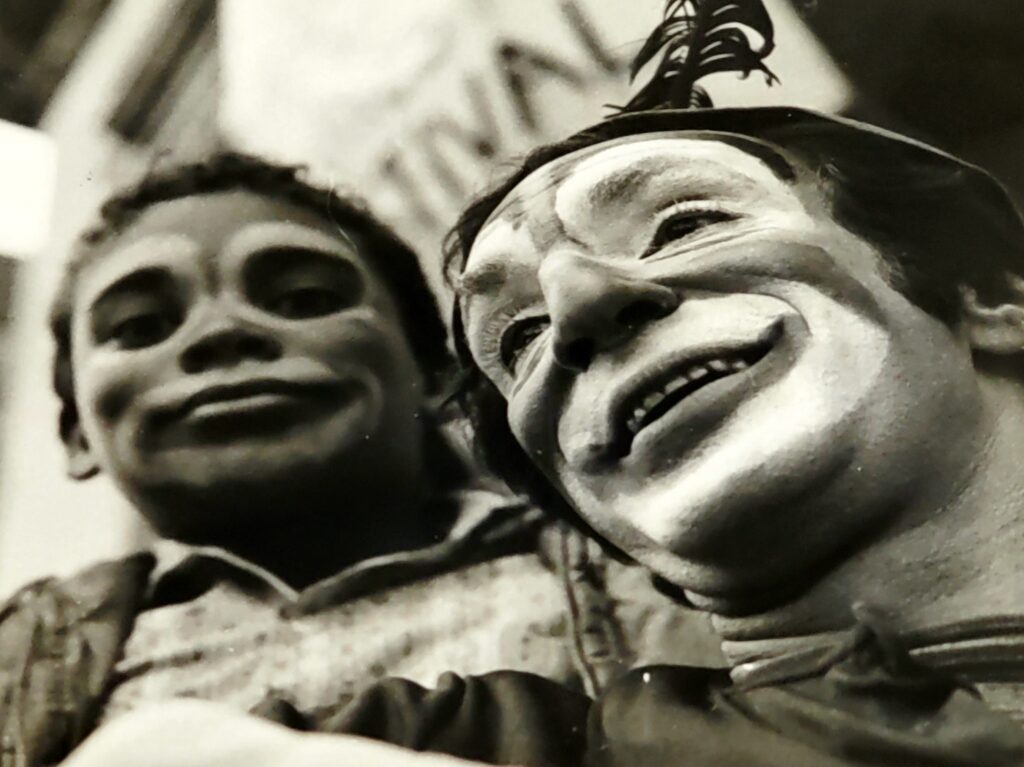
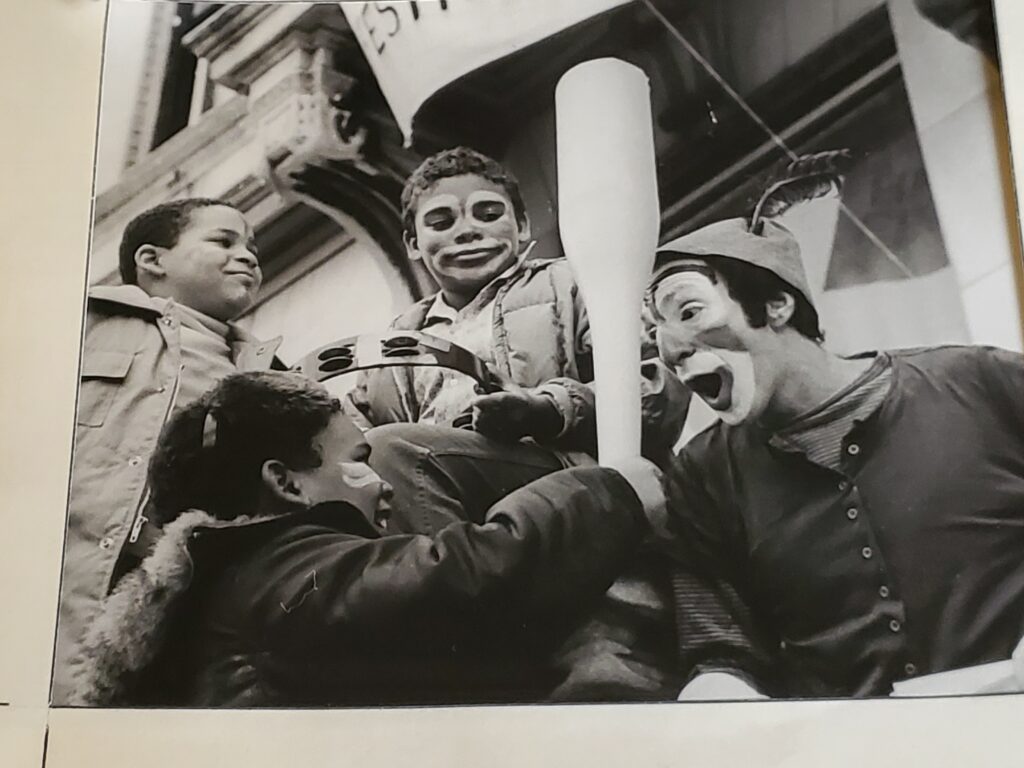
MS: As a block worker living in East Harlem, my first task was to knock on each of the 250 doors on that block, and ask each resident about their lives and concerns…
Click here to read the rest of Mike’s fascinating community work story…
KG: What sort of personal life were you leading during this time of your career growth?
MS: It’s probably worth mentioning that in all of this time, especially once I married and had a son, I was balancing the “creative communicator persona” with the need to keep bread on the table, and I had a full career in social sciences and higher education while keeping the creative communicator part of me going, if not always flourishing!
KG: Talk about how you came full circle back to the Healing Story Alliance / HSA..
MS: My focus and involvement with Healing Story Alliance returned with a resounding Bang! when the events of 9/11 occurred.
Until this year, 2020, the events around 9/11 were the most traumatic and challenging I had ever experienced. Terrorism, destruction, deaths – including heroes lost while trying to rescue others – poisoned air, fear of impending further disasters, and confusion and uncertainty.
I knew I wanted to be connected to people making a difference during this critical time, and reached out (initially through Laura Simms), thus beginning engagement with HSA that has lasted ever since.
KG: There’s a powerful story you tell about 9/11 and how you made sense of it to your young son. Tell us about that.
MS: 9/11 occurred less than a week after my son had arrived at a boarding school in Northern Vermont. As part of how I sought to help his understanding of what was going on, I chose to send stories about 9/11 to him there, about people of different backgrounds helping each other through the dust cloud; about a fireman friend from the station closest to Ground Zero who happened to be off duty that day, but spent the next week searching through the debris;
…stories of people like Regina Ress, who lived within eyesight of the twin towers, and immediately chose to be volunteer support for her local fire station when she was not actively cheering for volunteer arrivals at the scene;
…the medical crews stationed at local hospitals awaiting trauma victims who never arrived;
…the heroism and kindness of operators of every kind of boat evacuating people from Lower Manhattan;
…and the general sense of kindness and togetherness in this moment of crisis that pervaded and lasted for many months…
…and stories like those collected and adapted by Laura Simms to help children better understand the world and their place in it, in times of crisis.
My son was able to share these kinds of stories with his fellow schoolmates, another example of the power and reach of stories we live and share.
Note: Those stories and others are included on the HSA website, in the Resources section.
KG: You’ve talk so much about “healing”, and gave a great example of its power with the 9/11 story you just told. But at its essence, what does healing mean to you?
MS: I’ve written and made presentations where I have suggested that Healing itself cannot occur unless there has been a wound (experienced or feared) and that that wound is recognized, along with the belief that something can be done about it. If not a “cure”, at least recognition and reassurance and the potential resilience.
Story can and does contribute greatly in this healing, both for tellers and listeners alike.
Note: How, why and who created HSA? To find out the full story…click on this link.
KG: Mike, we started this interview by talking about how the pandemic has affected HSA. Talk more about the way the corona virus has changed things for your group.
MS: The corona virus crisis that changed so much of the way we live, and behave, definitely presented for HSA what the I Ching would call a crisis and opportunity. So many groups and individuals were responding to the crisis, and there appeared to be so much need.
Our executive committee met to discuss the most appropriate thing for us to be doing, as Healing Story Alliance. We agreed that we should not be doing what others were already involved with, and doing a better job at it than we might.
We agreed that one unique service that we could provide would be to offer a healing time and space for the storytelling community itself, a place where people could take the time to reflect, share, recognize that they were not alone as they went through this time of doubt, fear, isolation. we could help each other through this by sharing a regular time and place for people to gather and share during this troubled turbulent time.
We named this weekly series “Keeping the Oars in the Water”, a nautical concept that–when faced with turbulence, keeping the oars in the water helped to steady the boat and keep it on course.
Thanks to Lani Peterson offering her personal Zoom platform and coordinating entry into this weekly event, we embarked on a journey that has provided healing and reassurance to hundreds of participants in the months since we began this offering in March
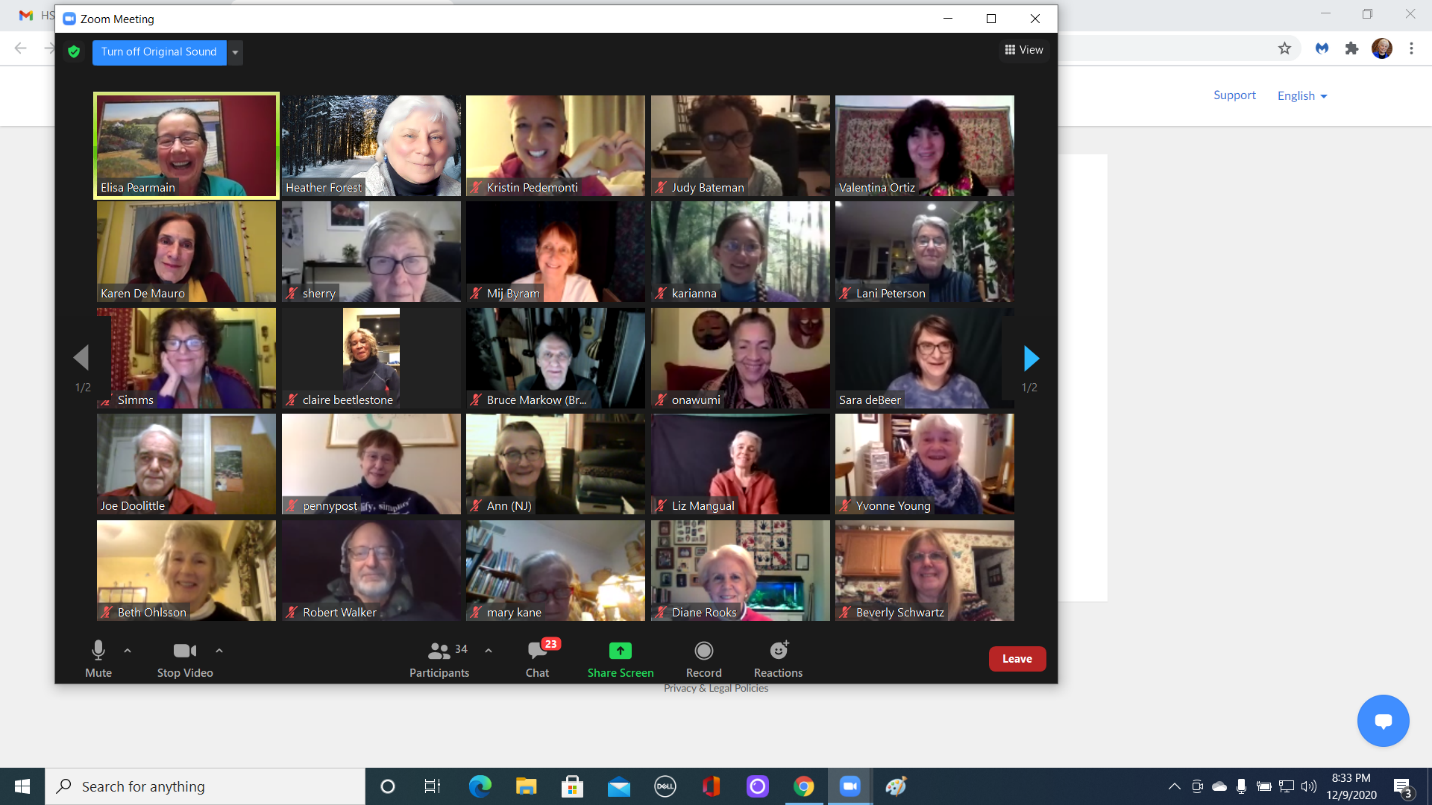
KG: So how are things going with the program? What results are you seeing?
MS: The “Oars in the Water” approach has evolved along with the changes that we have experienced with the crisis itself. Each pair of facilitators brought modifications to a general approach that always had the quality of welcoming, settling people, encouraging expression and respectful listening.
One of the features of Oars has been breakout groups that assure that each person has had the opportunity to be heard, with many then encouraged to share in the larger group. Stories, poetry, personal expressions of fear and hope, all have contributed to these evenings being both generous and magical.
Pauses after each speaker gave everyone time to take in and reflect on words that were shared. These weekly 90-minute events served well over 100 individuals, many of whom expressed their appreciation for finding a place where they could feel welcomed, heard, or quietly receive the gift of shared expressions of what we were all going through.
At this past year’s preconference, Lani Peterson, Heather Forest, and Wally Scott shard the process that oars had evolved. That is available through NSN’s recordings of the events of this year’s Virtual conference.
Since September, the Oars programs have continued on the second and fourth Wednesdays of each month. We are now hosted on an NSN zoom platform for which we are grateful.
KG: The Oars program sounds like a great success. What else is HSA up to?
MS: HSA has been evolving during this period as well as we learn more of how to effectively navigate and deliver meaningful programs and services in this new technological environment.
To meet that need, and grow accordingly, we have been developing a committee structure. Heather Forest chairs our program committee; Joe Doolittle and Sarah DeBeer handle aspects of our communications; Lani Peterson and Elisa Pearmain play significant roles in program development. There is room for many more to become involved in our work. To learn more, or become involved directly, check out our website and or listserve, or our Facebook page, or contact Joe Doolittle or Mike Seliger directly.
Mike’s early years…
KG: What was life like as a kid? Were there storytellers in your family who inspired you to become one yourself?
MS: Well, I was certainly being told stories by older relatives, especially a great uncle who invented stories about a little boy experiencing life in the city where he lived, the people he met and so on. I later learned he had told the exact same stories to my father when he was growing up! And so, for as long as I can recall, I was always finding comfort in hearing stories of all kinds, and finding that my sharing them with others could also give comfort to them.
I was definitely a shy kid, more likely to grow up to be an introverted scientist than a storyteller, but circumstances just moved me in this direction. And my belief that all people can be reached and empowered by stories, including being able to claim their own story, fit well with my belief in the potential for growth among virtually all of us.
Nothing has been more important in my life than community. I grew up in a unique cooperative community where 32 families bought a tract of land from Farmer McGregor, helped build one another’s home while pooling resources to get the best bank mortgage arrangements, set aside land as community property on which was eventually built a ball field, tennis courts, and a swimming pool. (Later one of the tennis courts was converted into a bocci court!!)
Betty Friedan wrote an article about the community, published in Redbook during the 1959s, in which she quoted one of my peers as saying, “where I live, I have 31 uncles, 31 aunts, and hundreds of cousins!”
In college, I lived in cooperative housing where I learned to cook for thirty people at a time. Story sharing is the heart of community. We live it, share it, tell, listen, encourage. That is what resonates for me about story. It’s why I find it so important in my life, and I believe why it matters to everyone.
I often am out walking as sunset is approaching. There is a set of (electric) wires just at the entrance to Ferry Road, which leads to a favorite local pier on the Hudson River. Shortly before sunset thousands of small birds, probably starlings, alight on those wires, and they chatter excitedly and incessantly, in a multitude of voices, until the sun goes down and they rest quietly until dawn when they fly off to do their deeds of the day.
When I see them chattering away, I know they are telling the stories of the day, rehashing their adventures. Their stories fortify their community and prepare them to face the next day, a ritual repeated over and over, year-round.
I know that in the past, humans did exactly this, but that we have partly lost this essential part of how communities and families have sustained themselves for centuries.
Story has a place in restoring this sense of family and community.
Final question…
KG: Why is storytelling important to you and why should it be for everyone?
MS: So, as Regina Ress once described it, I am more of an “applied story teller” than a ‘platform teller”. This fits well for how I believe stories can be used to empower, heal, mobilize, and serve needs of individuals and communities.
I believe in that and that is why I care to be involved with arts that serve that purpose, and the artists who are committed to doing so.
It’s been said that we all have stories to tell, and live, and that it is one of the basic things that makes us human and keeps us human.
So, in that spirit, story will always be part of who I am, and I will always be part of the story of who we all are, and are constantly becoming!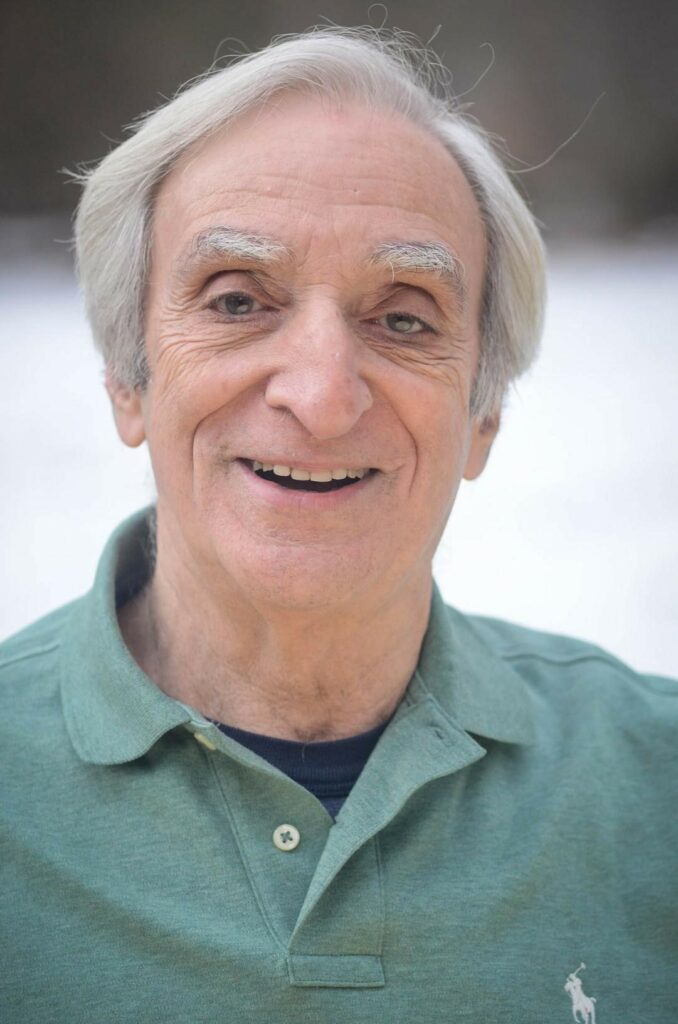
CONTACT MIKE:
Email:
Website: www.Mikeseliger.com
HSA
Healingstory.org
Joe Doolittle – (contact Joe for information about HSA!)
https://storynet.org/groups/hsa/executive-committee/
NSN loves publishing items submitted by the storytelling community! If you’re interested in writing something for publication on the NSN website, newsletter, or Storytelling Magazine please contact the NSN office for more information.
Contact the National Storytelling Network
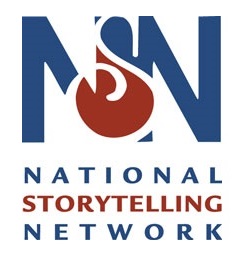 P.O. Box 413014
P.O. Box 413014
Kansas City, MO 64141
Telephone: (800) 525-4514
Website: https://storynet.org
Email:
Find us on social media!
Facebook: https://www.facebook.com/National-Storytelling-Network-217381542906/
Twitter: https://twitter.com/NSNStorytellers
Instagram: https://www.instagram.com/nationalstorytellingnetwork
YouTube: https://www.youtube.com/channel/UCBedmDdaRi9N-4Hs-QeYNqw

